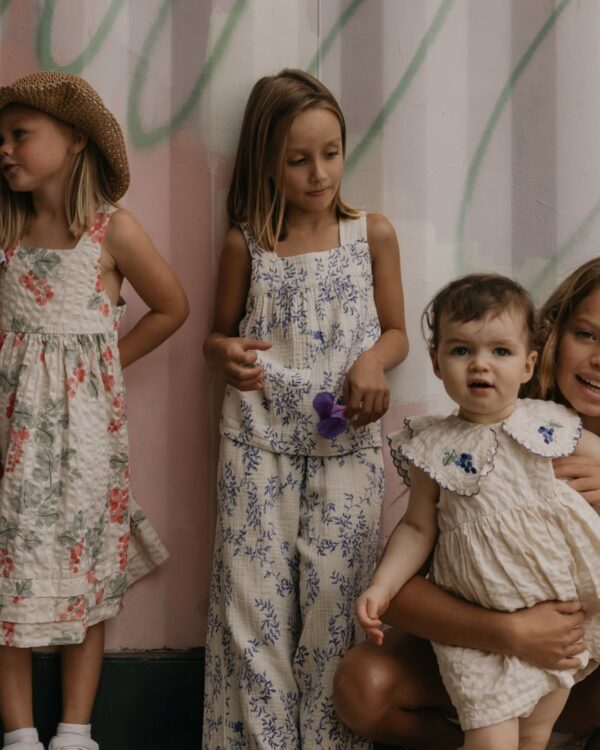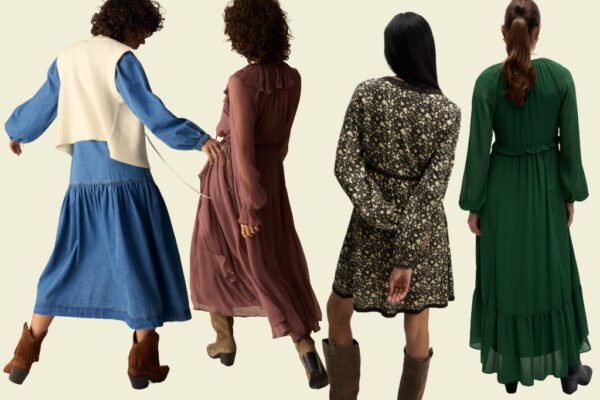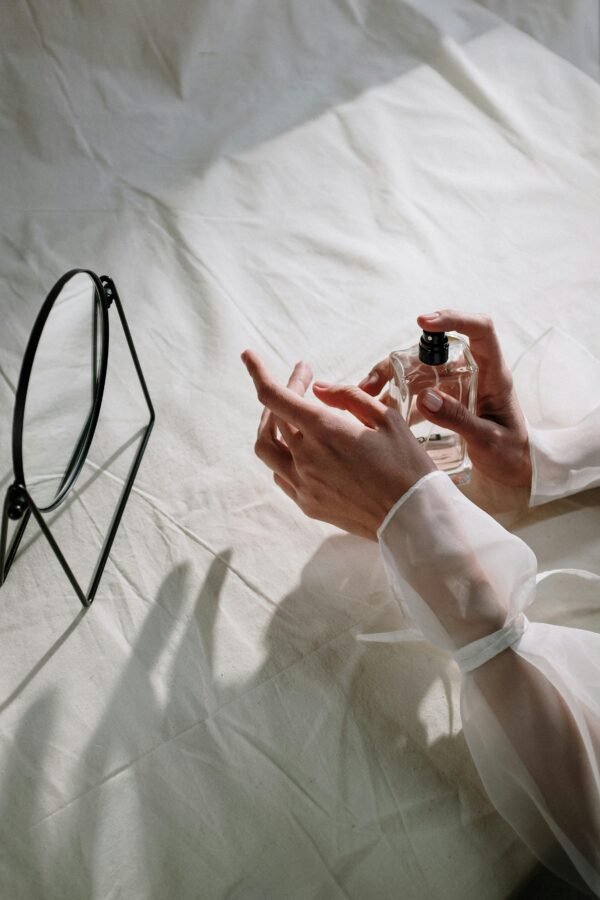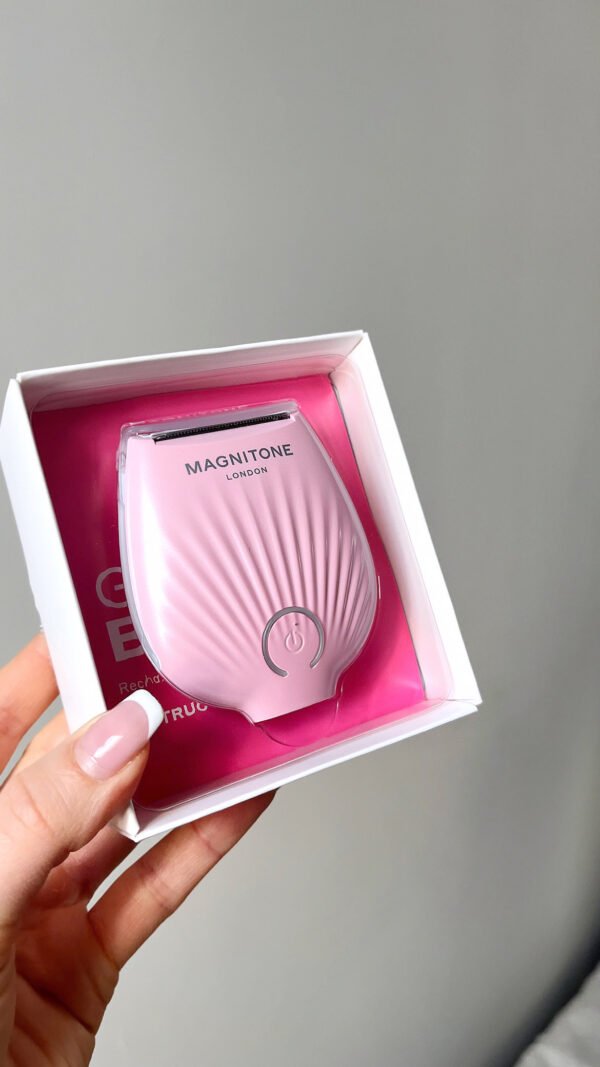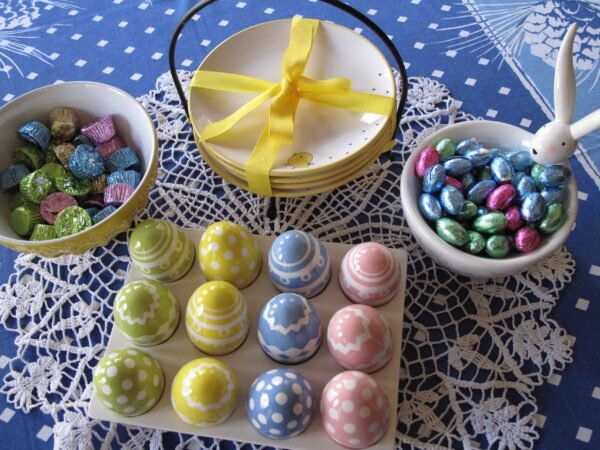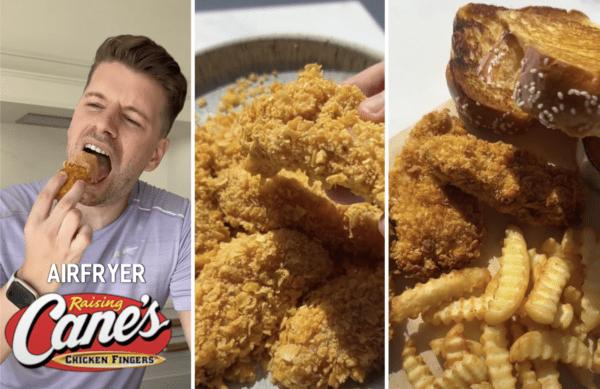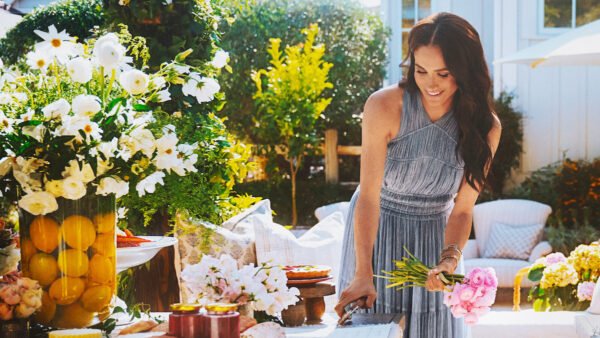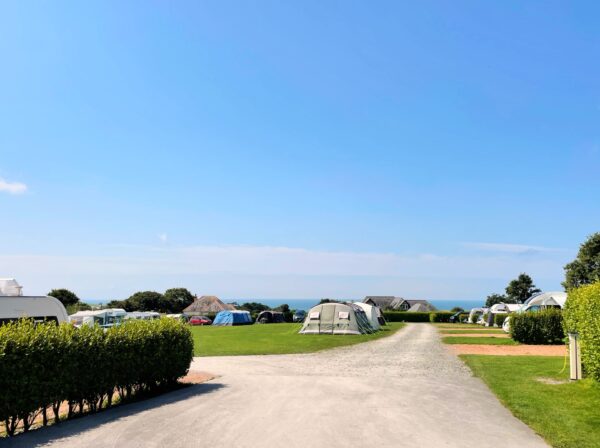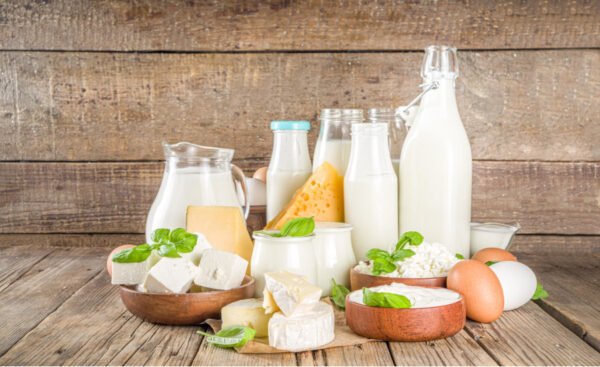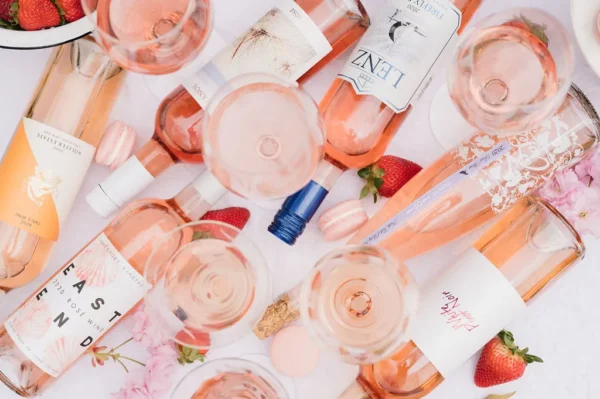
How is Rose Wine Made?

In the vast world of wines, few evoke the same sense of elegance, romance, and versatility as rosé. With its delicate hues ranging from pale pink to vibrant salmon, and its refreshing flavours that dance between fruity and floral notes, rosé wine has captured the hearts of wine enthusiasts worldwide. But have you ever wondered about the intricate process behind the creation of this beloved beverage? Join us on a journey through the vineyards and wineries as we unravel the secrets of how rosé wine is made.

1. The Grape Selection:
At the heart of every great rosé wine lies the careful selection of grapes. While there are various grape varietals used in rosé production, some of the most common include Grenache, Syrah, Mourvèdre, Sangiovese, and Tempranillo. These grapes are prized for their vibrant flavours and balanced acidity, which contribute to the refreshing character of rosé wine.
2. Harvesting:
Timing is crucial when it comes to harvesting grapes for rosé wine. Winemakers aim to pick the grapes at the peak of ripeness, typically when sugar levels are high, and acidity is balanced. Unlike some red wines that require fully ripe grapes, rosé often benefits from slightly less ripe fruit to maintain its signature freshness and acidity.
3. Crushing and Pressing:
Once harvested, the grapes are swiftly transported to the winery for processing. Unlike red wine production, where the grape skins remain in contact with the juice for an extended period, rosé winemaking involves minimal skin contact. The grapes are gently crushed, and the juice is extracted before it can absorb too much colour from the skins.
4. Maceration:
In some cases, winemakers opt for a short maceration period, where the grape skins are left in contact with the juice for a brief period, usually a few hours to a couple of days. This allows for a subtle extraction of colour and flavour compounds from the skins, giving the wine its characteristic pink hue.
5. Pressing:
After maceration, the juice is pressed off the skins and transferred to fermentation vessels. This delicate process requires precision to ensure that the desired level of colour extraction is achieved without overpowering the wine with tannins, which can result in a bitter taste.
6. Fermentation:
Fermentation is where the magic truly happens. The grape juice, now known as “must,” undergoes fermentation, where yeast converts the sugars into alcohol. Depending on the winemaker’s preference, fermentation may take place in stainless steel tanks, concrete vats, or oak barrels. Each vessel imparts its unique characteristics to the final wine, from the crisp and clean profiles of stainless steel to the subtle oak influences of barrels.
7. Blending:
In some cases, winemakers may choose to blend different grape varietals or batches of wine to achieve the desired flavour profile. Blending allows for greater control over the final product, balancing acidity, sweetness, and fruitiness to create a harmonious and well-rounded rosé.
8. Ageing:
While some rosé wines are meant to be enjoyed young and fresh, others benefit from a period of ageing to develop more complex flavours and aromas. Depending on the style of wine, ageing may take place in tanks, barrels, or bottles, each method influencing the wine’s character in its unique way.
9. Bottling:
Once the wine has reached its peak expression, it is time for bottling. Modern bottling techniques ensure that the wine remains pristine from the winery to your glass, preserving its delicate flavours and aromas for you to enjoy.
10. Enjoyment:
Finally, the moment we’ve all been waiting for – savouring a glass of beautifully crafted rosé wine. Whether enjoyed on a sunny afternoon picnic, paired with a gourmet meal, or shared among friends during a celebration, rosé wine never fails to delight the senses and spark joy.
In conclusion, the journey from vine to glass is a labor of love, skill, and dedication. Each step in the winemaking process plays a crucial role in shaping the final product, from the careful selection of grapes to the artful blending and ageing techniques. So, the next time you raise a glass of rosé, take a moment to appreciate the craftsmanship and passion that went into creating this timeless elixir. Cheers to the beauty of rosé wine – a true celebration of life, love, and the simple pleasures that make life extraordinary.








